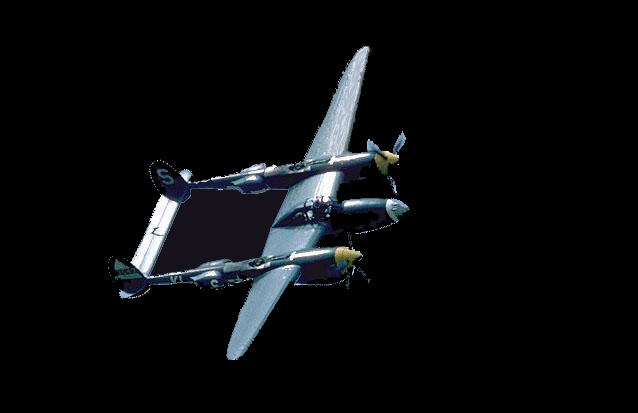 DIARY OF A P-38
DIARY OF A P-38
COMBAT PILOT
World War II aerial combat was a crucible that transformed young men into men of steel. Just being there in Europe, doing the job they came for, made heroes of them all. This is the story of one such hero, told by his own hand. It gives the rest of us just a glimpse of real history; not one written by historians in broad, big-picture brush
strokes, but written by he who lived it every day, through each mission, never knowing if it would be his last.
By Pat Brown
Prologue
and editing by Ron Fox
DIARY
OF MY COMBAT MISSIONS
25 Aug 1943 I was assigned to the 12th Air Force, 82nd Fighter Group, 96th Fighter Squadron (“The Slugging Jackrabbits”). In the following write-ups you will often come across the word ADORIMINI. This is the title of our book ‘The History of the 82nd Fighter Group in World War II.” ADORIMINI is Latin, and literally means “Up
and At Em’. A copy of this book is in the possession of Pat andLavada Brown and is referenced after most diary entries. — Pat Brown
Combat
Mission #02 (Medium Bomber Escort)
September 6, 1943. Based at Grombalia, North Africa. We took off with 70 P038’s to escort 72 B-25’s who were to bomb the Naples area again. I was assigned to fly in the #2
position. We flew out on the deck and then climbed up to 15,000 feet as we neared the target area. Again, the flak was heavy and accurate. As we came off the target we were jumped by 25 enemy fighters, again ME-109’s and FW-190’s. We broke (turned) into them and they immediately responded by breaking away from us and down. As we neared the deck, we encountered more enemy fighters who had now joined the first group. They very quickly broke off the fight and returned inland. Somehow I got separated from my group and was all alone out there. I soon spotted the P-38’s escorting the bombers back toward North Africa and I joined them as quickly as I could. The enemy P-38 was
up in the area and gave us trouble for awhile, the Germanshad a P-38 and it would come out near the end of a mission, feather an engine, and then call for assistance. Seeing no enemy fighters, our leaders would send a couple of our planes back to assist one of our pilots who was experiencing engine problems, not realizing it was an enemy
P-38. as our planes would approach the enemy P-38, it would start the dead engine and fly away; then several enemy fighters would attack the planes
we had sent back and attempt to shoot them down. This problem became so bad that we became afraid to go back and assist anyone who was on single-engine and lagging behind the formation. We soon began using a code name for each mission. Now, if you had problems, you spoke the code name on the radio and we knew it
was one of ours, and we would send back help to them. We did not lose a single plane on this mission. The B-25 bomb run was very good, and our fighter formation and protection for the bombers was good. Total Flight Time 4:30.
Note – Most of the pilots and airplanes were suddenly moved temporarily to Gerbini, Sicily (Satellite Airfield#2). The U.S. Navy was beginning to enter into the Bay of Naples, and was already firing their big guns into the Western Coast area of Italy. The 5th Army was in Sicily and prepared to invade Italy just below Naples at Salerno. The invasion could start at any moment, and the 82nd Fighter Group was to provide the aerial cover for this tremendous and significant event – a turning point in the history of World War
II. The 96th Squadron was assigned to fly the “dawn” patrol and the “twilight” patrol each day until the invasion forces had everything well in hand.
[Adorimini Historical Reference
to this mission]
Diary
of a P-38 Pilot will be uploaded in serial form, accompanied by historical records and Pat Brown’s personal WWII photographs. Check back with us from time to time for more.
Copyright
2007 Bushpilot, all rights reserved